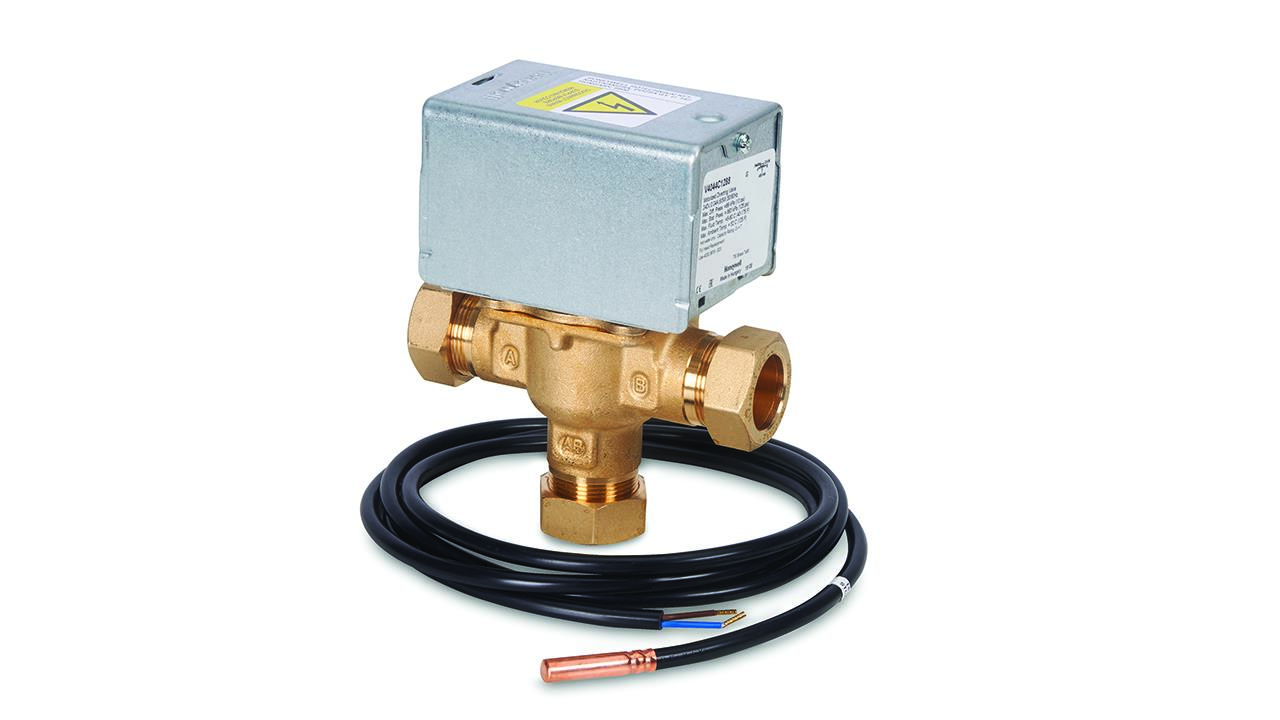

The then Prime Minister, Liz Truss, made headlines upon coming into office by introducing the Energy Price Guarantee; a set of measures designed to alleviate the projected energy price hikes for homeowners by fixing the Default Tariff Cap at a value of £2,500 for a typical UK household for the two year period from 1 October 2022.
This was later reduced to six months, with possible means-tested extensions, by the Chancellor of the Exchequer, Jeremy Hunt. Things may yet change again.
Yet, despite the new cap being imposed, many homes – especially those with high energy usage, such as those with more than three occupants – will still experience crippling energy bills.
Meanwhile, according to the Climate Change Committee’s June 2022 progress report to Parliament, assessing the UK’s journey to net-zero, considerable growth in low carbon heating solutions is needed through to 2030 to be on track to achieve the goals of the Paris Agreement.
There are two issues here for consumers: the cost of living, and the need to live more sustainably. But, in the midst of the energy crisis and families across the UK facing a brutal ‘eat or heat’ choice this winter, the cost of running a house will, for the majority, eclipse any desire or sense of urgency to reduce their carbon footprint on the home front.
Home heating brands such as Alpha are channelling their efforts into developing new technologies to help mitigate the cost of making homes greener in terms of energy consumption. However, there is existing technology that can already offer a remedy – although it is being underused due to a lack of awareness and understanding among homeowners and installers alike.
An untapped solution
Traditionally, heating systems comprising a gas boiler and hot water cylinder are set up with one ‘go’ signal, regardless of whether they are firing for heating or hot water. They then send the same high temperature water (somewhere around 70-80°C) to either the heating system, or to heat up the hot water cylinder. This is a simple, but somewhat wasteful, set-up, impeding the boiler’s ability to condense effectively.
Priority domestic hot water (PDHW) involves separating these two functions. This allows low temperature water to be sent around the heating system, or short bursts of high temperature water to go to the hot water cylinder. The benefit is that the heating (which is on for longer) can be run at lower temperatures to maximise savings, while the hot water cylinder can still heat water beyond 60°C to kill Legionella bacteria.
Running PDHW, particularly with a Delta T (DT) controlled pump, ensures that a system designed to run at 70/50°C will see boiler efficiency at around 90%, compared to around 86% efficiency from one run at 80/60°C temperatures. Energy consumption is reduced, therefore lowering the overall bill.
Regardless of the cost benefit to homeowners, it should not be overlooked that PDHW also ticks Building Regulations boxes. The new Part L insists on higher building performance in terms of energy efficiency. However, we have often observed Part L being seen as a minimum standard. PDHW is one very simple way in which installers can go above and beyond to improve a building’s energy rating.
To take advantage of PDHW, you need a boiler that can differentiate between the demands for heating and hot water. These types of boilers incorporate control valves that shut off the heating when the hot water cylinder is being heated, preventing high-temperature system water from being sent wastefully around the heating system.
You can further maximise the benefits of PDHW by controlling the flow rate of system water going to the coil of the hot water cylinder. In addition, the boiler’s output can be tailored to match a home’s specific heat loss and hot water cylinder coil rating.
A retrofit remedy
Although not all boilers have this inherent functionality, most boilers can be adapted to incorporate PDHW without too much disturbance via a diverter valve kit. This is a straightforward task for installers as the control valves, controllers, and wiring required are all very much industry standard. No special skills are required on the part of the installer; except for an awareness that the technology exists and due care that everything has been installed and wired correctly.
The appeal for homeowners is that this won’t cost fortunes to install – but it will save energy and reduce the overall cost of running the home without losing any performance in either their heating or hot water supply. The problem, however, is that the average domestic customer won’t know about or understand this simple remedy.
This is where installers can play a vital role. By educating customers on the benefits, ease, and low cost of installing PDHW, they can offer an option to help alleviate the growing pressure of the energy crisis.
Homeowners should be assured that the valve itself is very much a ‘fit and forget’ solution. They won’t need to routinely maintain or replace it. Neither will they need to learn about any complex new controls or special new ways to run their system.
Your customers will be grateful if you are able to offer them tangible solutions that really help their bottom line; and it may well help crystallise their loyalty to you as their trusted service provider.
If you'd like to keep up-to-date with the latest developments in the heating and plumbing industry, why not subscribe to our weekly newsletters? Just click the button below and you can ensure all the latest industry news and new product information lands in your inbox every week.